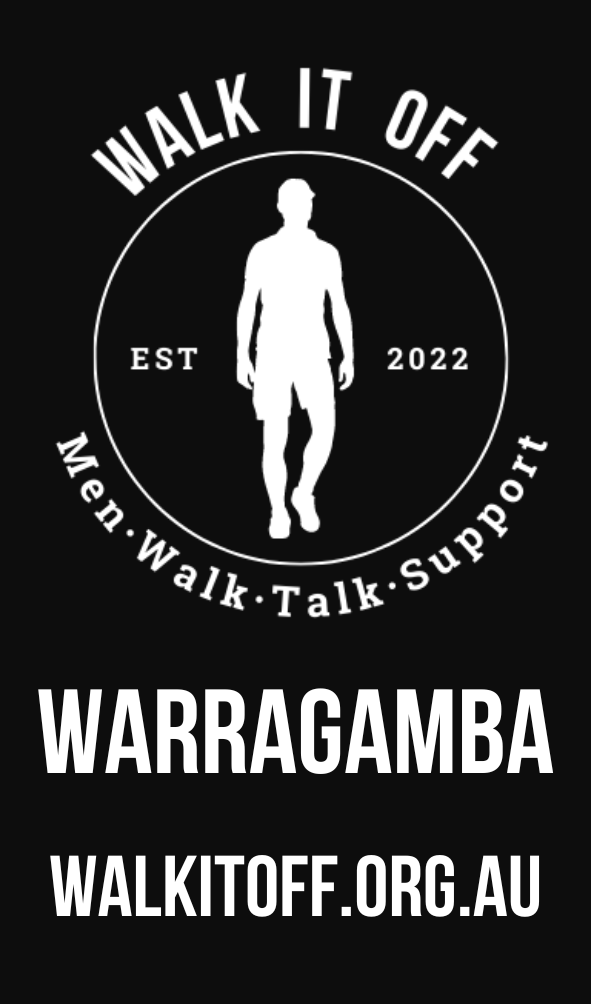Integrated Water Management
Wollondilly Shire contains much of Sydney’s drinking water catchment, and is rich in natural heritage including unspoiled creeks and rivers. We are also experiencing growth, which will impact water quality and supply, biodiversity, recreation and climate resilience.
Stormwater Management Charge
As part of Council's commitment to improved stormwater infrastructure maintenance and healthy catchments; a Stormwater Management Charge (SMC) for residential and business premises has been implemented as part of the 2010/11 to 2015/16 Council Management Plan
Stormwater Pollution Control at Work
All the stormwater running off your site runs into the river. It is against the law to allow any material to run from your site and into the river.
Stormwater Pollution Control at Home
Gutters and drains take rainwater from our streets straight into creeks and rivers. So when it rains, stormwater runoff can carry with it pollution from around our homes and streets into the waterways we swim in and where animals and plants live.
Onsite Sewage/Septic
More than half of Wollondilly’s population lives in rural and rural-residential areas, where Sydney Water’s sewer system is unavailable. As such, there are over 8000 on-site sewage management systems installed in the Shire.
Water Pollution Prevention
The Water Pollution Prevention Factsheet highlights the importance of clean water for health, ecosystems, the environment and overall wellbeing of our community. Learn how to safeguard water resources, ensure a sustainable future and protect the environment.
Floodplain Risk Management
Wollondilly has a number of areas subject to flooding. The Floodplain Development Manual sets out the management of flood risk in NSW.
George's Riverkeeper
Georges Riverkeeper advocates for the protection, conservation and enhancement of the health of the Georges River. Work focuses on five strategic priorities: catchment actions (such as litter removal and bush rehabilitation), river health monitoring and research, stormwater, and education and capacity building.
Watercourses
Maintaining Watercourses Council Owned Land Wollondilly Shire Council looks after watercourses including creeks, overflow paths and drainage pipes on Council owned land. We have a maintenance program in place to make sure suitable repairs are made.
Love Your Waterways
Love Your Waterways is a community campaign that encourages people to take up five simple actions to prevent litter, pet waste, gardening materials, chemicals and other pollutants from entering our waterways.
Water Management Menu
Integrated Water Management
Wollondilly Shire contains much of Sydney’s drinking water catchment, and is rich in natural heritage including unspoiled creeks and rivers. We are also experiencing growth, which will impact water quality and supply, biodiversity, recreation and climate resilience.
Stormwater Management Charge
As part of Council's commitment to improved stormwater infrastructure maintenance and healthy catchments; a Stormwater Management Charge (SMC) for residential and business premises has been implemented as part of the 2010/11 to 2015/16 Council Management Plan
Stormwater Pollution Control at Work
All the stormwater running off your site runs into the river. It is against the law to allow any material to run from your site and into the river.
Stormwater Pollution Control at Home
Gutters and drains take rainwater from our streets straight into creeks and rivers. So when it rains, stormwater runoff can carry with it pollution from around our homes and streets into the waterways we swim in and where animals and plants live.
Onsite Sewage/Septic
More than half of Wollondilly’s population lives in rural and rural-residential areas, where Sydney Water’s sewer system is unavailable. As such, there are over 8000 on-site sewage management systems installed in the Shire.
Water Pollution Prevention
The Water Pollution Prevention Factsheet highlights the importance of clean water for health, ecosystems, the environment and overall wellbeing of our community. Learn how to safeguard water resources, ensure a sustainable future and protect the environment.
Floodplain Risk Management
Wollondilly has a number of areas subject to flooding. The Floodplain Development Manual sets out the management of flood risk in NSW.
George's Riverkeeper
Georges Riverkeeper advocates for the protection, conservation and enhancement of the health of the Georges River. Work focuses on five strategic priorities: catchment actions (such as litter removal and bush rehabilitation), river health monitoring and research, stormwater, and education and capacity building.
Watercourses
Maintaining Watercourses Council Owned Land Wollondilly Shire Council looks after watercourses including creeks, overflow paths and drainage pipes on Council owned land. We have a maintenance program in place to make sure suitable repairs are made.
Love Your Waterways
Love Your Waterways is a community campaign that encourages people to take up five simple actions to prevent litter, pet waste, gardening materials, chemicals and other pollutants from entering our waterways.





